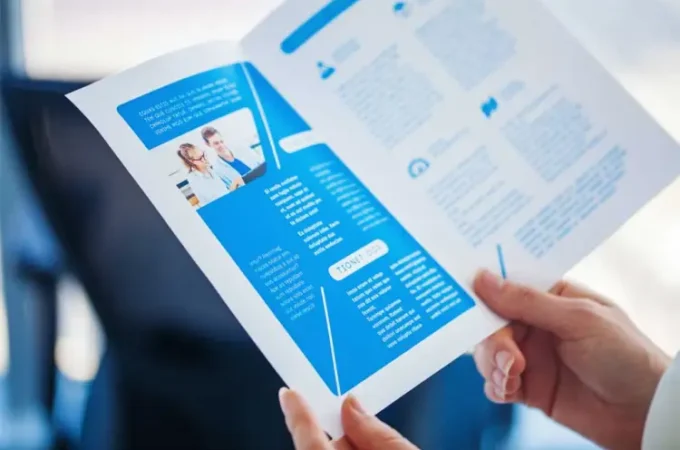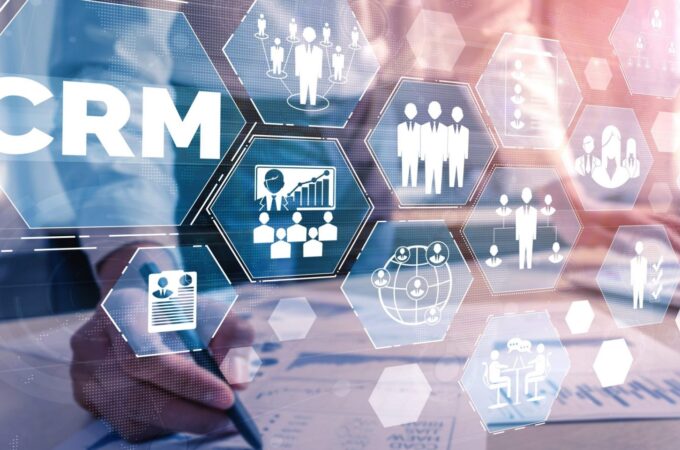
OWASP-Dealing with Various Kinds of Mobile Application Risks
With the growth in usage of mobile applications, a lot of consumers are finding a high level of convenience and ease in using these kinds of devices. This is the main reason behind the popularity of OWASP mobile top 10 so that it can help in highlighting all the flaws in the securities which the developers should focus to enhance the safety levels of applications.
A lot of mobile applications may look secure but actually, they are not and they are prone to various kinds of issues which are undertaken by hackers across the globe. This is the main reason behind the introduction of OWASP which is an acronym and stands for open web application security project. It is a whole community of developers who help in creating various kinds of documentation and technologies in the world of mobile application security. They also help in constantly updating all kinds of resources to create awareness about security threats and mobile applications in the whole developing community.
The OWASP mobile top 10 list helps in identifying various kind of security risk which the people face across the globe. It includes proper rankings which are marked from M1- M10. Following is the further bifurcation of this list:

- M1: The improper platform usage: These kinds of risks will include the risk of android intent sniffing, iOS risk of key chain, iOS risk of touch ID and the data leakage risk associated with The whole thing.
- M2: The insecure storage of data: These kinds of risks will include the compromise with file systems along with the exploitation of data which is unsecured. Best practice to avoid this kind of risk can be android debug Bridge and developing the iGoat iOS.
- M3: The insecure communication: This further includes various kinds of risks that can include the stealing of information and the attacks which are made in the middle along with the admin account compromises. Proper cages should be watched all the time so that communication can be improved and it should also develop where are kinds of alerts regarding invalid certificates to improve the security levels.
- M4: The insecure authentication: These kinds of risks will include the insecure credentials of the users along with input form factor. The best practices to develop various kind of security protocols along with authentication requests so that devices can be made completely safe and secure. Unauthorized physical access to mobile devices should also be avoided to improve safety levels.

- M5: The cryptography which is insufficient: Under this kind of category the risks are associated with the stealing of application data along with user data and the hackers can also have the access to the encrypted files which will allow them to gain control of the whole device. Best practice to avoid this is to choose modern encryption-based programs along with the guidelines laid down by the authorities so that developers can keep an eye on the documents and emerging threats.
- M6: Authorization which is insecure: This further includes the risks associated with the IDOR access and the unregulated access to the endpoints of admins. The best practice to avoid this kind of issue is to continuously test the applications in terms of user privileges and the developer should also keep in mind the authorization scheme. Proper roles and permissions check of the authenticated users should also be developed to improve the functionalities of the applications.
- M7: The quality of codes which is poor: These kinds of risks can include the poor quality-related issues which include safe web code, codes of third-party libraries and the client input securities. The best way to avoid such things is to have a static analysis along with code logic. People should also help in having proper content provider along with the library version and developing mobile specific codes improve the safety and security of the applications.
- M8: The tempering of codes: These kinds of risks can include the risk of infusion of malware along with the theft of data. The best practices to avoid these kinds of issues are to complete check some changes and have proper runtime detection. Another best way is to have data erasure Improve the safety levels of the applications.

- M9: The concept of reverse engineering: Under this concept there are several risks which include the stealing of codes and gaining access to the premium features. Dynamic inspection at runtime is also a risk associated with this concept. To overcome these kinds of issues there are several practices which include the using of C languages, using similar kinds of tools and undertaking proper code obfuscation.
- M10: The functionality which is extraneous: There are several risks associated with this concept which include the sharing of information to the database and gaining access about the details of users. The user permissions, endpoints and several other things are also part of this concept. The best practices include ensuring that system logs are not exposed to any kind of application and there are no hidden switches in the overall concept. One should also ensure that there is no test code present in the final build and the general logs should not be descriptive in most of the cases.
Hence, the OWASP mobile top 10 threats can help in protecting the whole application without any kind of extraordinary coding. The developers again very easily access it and can you protect their applications in the most robust manner by adding the security layer on the top of the binary concept. It also helps in providing a dashboard to the businesses so that they can analyze all kinds of potential threats and the unauthorized times on their applications in the real-time by the hackers. These kinds of things can help in providing an extra layer to the existing security of the applications. So, by highlighting the flaws insecurities and vulnerabilities the developers need to protect these kinds of applications with the help of such lists and satisfy all the needs of the consumers.




